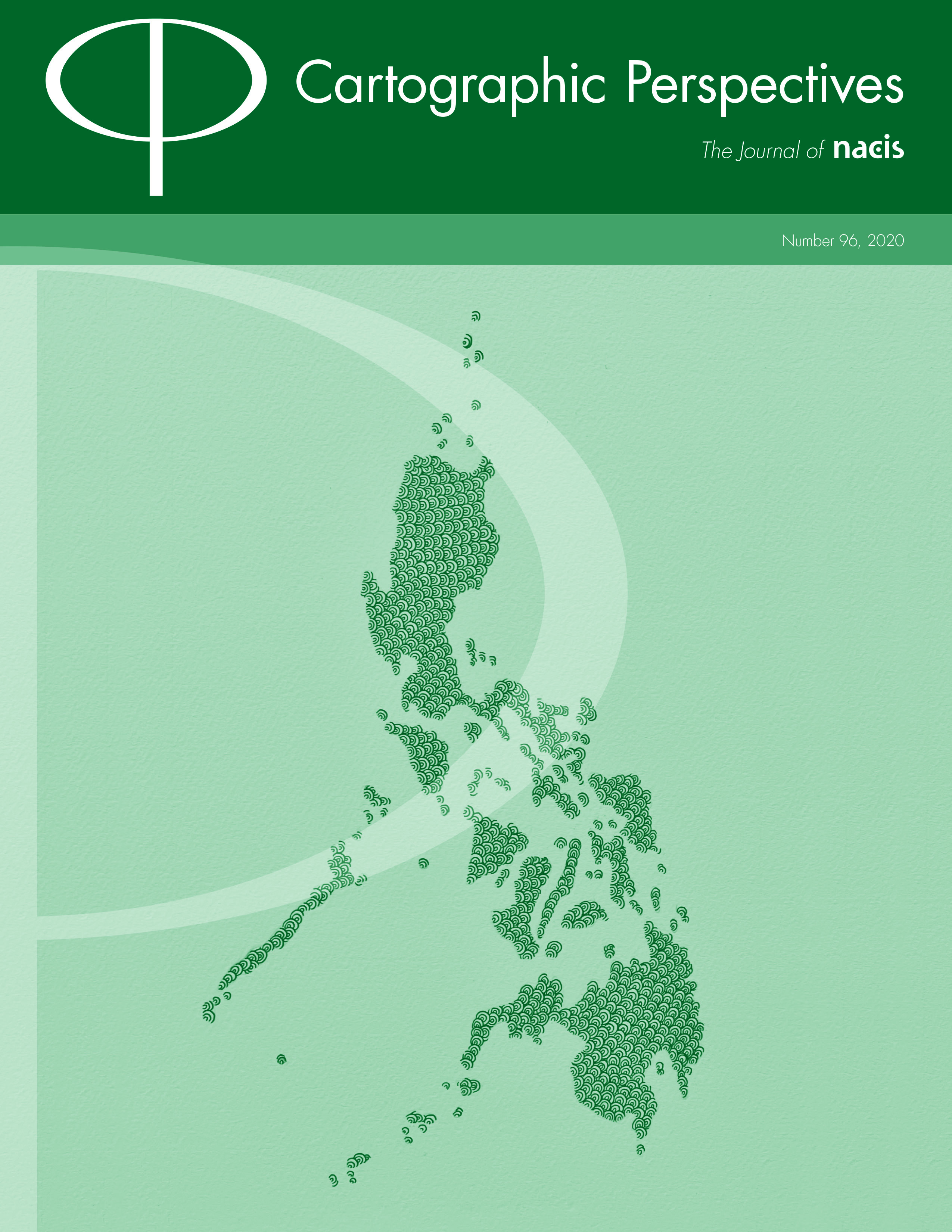User-centered Design and Evaluation of a Geovisualization Application Leveraging Aggregated Quantified-Self Data
DOI:
https://doi.org/10.14714/CP96.1631Abstract
Individual movement traces recorded by users of activity tracking applications such as Strava provide opportunities that extend beyond delivering personal value or insight to the individual who engages in these “quantified-self” (QS) activities. The large volumes of data generated by these individuals, when aggregated and anonymized, can be used by city planners, Departments of Transportation, advocacy groups, and researchers to help make cities safer and more efficient. This opportunity, however, is constrained by the technical skills and resources available to those tasked with assessing bicycling behavior in urban centers. This paper aims to address the question of how to design cartographic interfaces to serve as mediated platforms for making large amounts of individual bicycling data more accessible, usable, and actionable. Principles of cartographic representation, geovisual analytics techniques, and best practices in user interface/experience design are employed to arrive at an effective visualization tool for a broad urban planning audience. We use scenario-based design methods to encapsulate knowledge of map use practice gleaned from the development process, and conduct a post-implementation, two-part user study with seven domain experts to further assess the usability and utility of the interactive mapping tool.
Published
How to Cite
Issue
Section
License
Authors who publish with this journal agree to the following terms:- Authors retain copyright and grant the journal right of first publication, with the work simultaneously licensed under a Creative Commons Attribution License that allows others to share the work with an acknowledgement of the work's authorship and initial publication in this journal.
- Authors are able to enter into separate, additional contractual arrangements for the non-exclusive distribution of the journal's published version of the work (e.g., post it to an institutional repository or publish it in a book), with an acknowledgement of its initial publication in this journal.
- Authors are permitted and encouraged to post their work online (e.g., in institutional repositories or on their website) prior to and during the submission process, as it can lead to productive exchanges, as well as earlier and greater citation of published work (See The Effect of Open Access).




